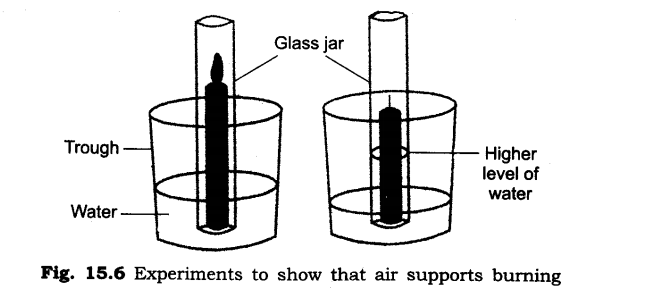Chapter 7
A. Tick the correct answer and fill in the blank.
1. Inbox
2. Both of these
3. sign in
4. bold
5. paper clip
B. Write True or False.
1. True
2. False
3. True
4. False
5. False
C. Answer in short.
1. What is an e-mail ?
Ans – E-mail or electronic mail is a message send electronically from one computer system to another through Internet.
2. Write any two advantages of e-mail.
Ans – Advantages of E-mail
* E-mail is cost effective and fast.
* It can reach any part of the world within seconds.
* Same message can be sent to any number of people at no extra cost.
* Pictures, documents or music files can also be sent with the message.
3. What kind of files can you send as an e-mail attachment?
Ans – We can send files such as pictures, videos and other documents as an attachment with the e-mail at no extra cost.
4. What is Sign out?
Ans –Once finished working with our e-mail account, it is important to sign out from your account and close the mail box to avoid its misuse by anyone else.
D. Answer in detail.
1. When do you use the Cc option? What is the full form of Cc and Bcc? What is the difference between the two?
Ans – The Cc option is used to send a copy of e-mail to many recipients.
The full form of Cc is Carbon copy and Bcc is Blind carbon copy. The difference between Cc and Bcc are:
|
Cc |
Bcc |
|
Cc: Used to send a copy of e-mail to many recipients. All Cc recipients are visible to all other recipients. |
Bcc: Used to send copy of e-mail but in this case, the recipients in Bcc are not visible to anyone. |
2. Write the difference between Reply and Forward option.
Ans –The difference between Reply and Forward option are-
|
Reply |
Forward |
|
This action is required to respond to the received mail. By default, reply goes only to the sender of the message. We can add more recipients if we want. |
This action is required to share the received mail with others. We can also do modification while forwarding e-mails. |
3. Write the steps to attach a file to your e-mail.
Ans – To attach a file into our e-mail-
Step 1: Click on Attach files button in the New Message window. A dialog box appears.
Step 2: Select the file to attach.
Step 3: Click on open button. Wait for few seconds the file is being attached. After the file is attached, the mail is ready to send.
Step 4: Click on send button.
4. How do you delete a mail and how do you restore it?
Ans – To delete an e-mail:
Step 1: Select the e-mail by clicking on the checkbox at the left of the e-mail.
Step 2: Click the Delete button.
To restore a deleted e-mail:
Step 1: On the left pane, click More labels.
Step 2: Choose Trash option. A new screen appears.
Step 3: Select the e-mail you want to restore and right-click on it. A pop up menu appears.
Step 4: Select Move to inbox option from the list to restore your e-mail back to the Inbox.


